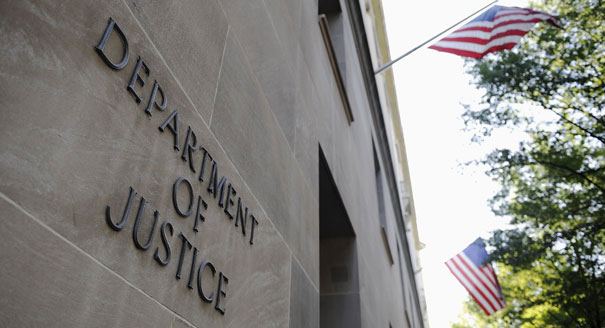After an investigation launched in 2012 in response to The Washington Post reporting flawed forensic hair matches might have led to the convictions of hundreds of potentially innocent people since at least the 1970s for murder, rape, and other violent crimes, the results are in and they are not reflecting highly on the Justice Department.
The investigation found that for decades prior to 2000, almost every single member of a particular specialized FBI forensic unit was delivering faulty testimony in just about every trial they were using as evidence against criminal-level defendants. According to the Innocence Project and the National Association of Criminal Defense Lawyers (NACDL), of 28 examiners with the FBI Laboratory’s Microscopic Hair Comparison unit, 26 overstated forensic matches in ways that favored prosecutors in more than 95 percent of the 268 trials reviewed so far.
Of these cases, 32 of the listed defendants have currently been sentenced to death, and 14 of those have already died in prison or been executed.
While these serious errors have occurred over forensically evidenced hair, in many of the cases, that was not the only determinant of guilt. According to the Washington Post, defendants and both state and federal prosecutors in 46 states and DC are being notified to determine whether there are grounds for appeals based off of the investigation. Four defendants have previously been exonerated.
Peter Neufeld, co-founder of the Innocence Project, lauded the level of cooperation they had between the FBI and DOJ, but also stated,
“The FBI’s three-decade use of microscopic hair analysis to incriminate defendants was a complete disaster.”

Graphic chart provided by the Washington Post
Director Executive of the NACDL, Norman L. Reimer, said, “Hopefully, this project establishes a precedent so that in future situations it will not take years to remediate the injustice.”
According to the Washington Post, The FBI is waiting to complete all reviews to assess causes but has acknowledged that hair examiners until 2012 lacked written standards defining scientifically appropriate and erroneous ways to explain results in court. The bureau expects this year to complete the same standard for testimony and lab reports for 19 other forensic disciplines at it’s disposal, a very long time coming.
-Curt Cramer (@CurtisRemarc)
